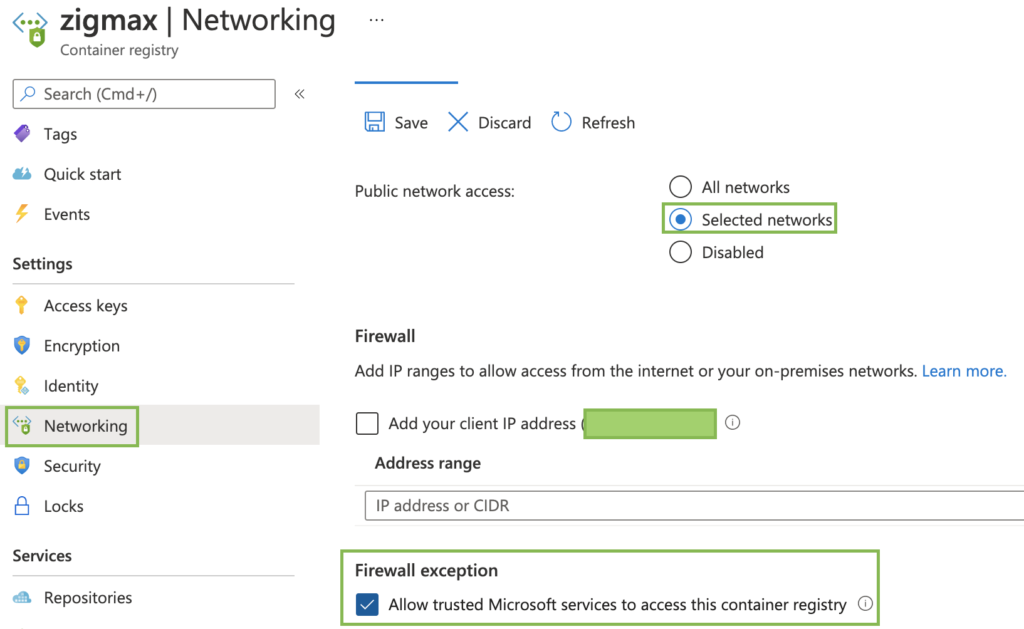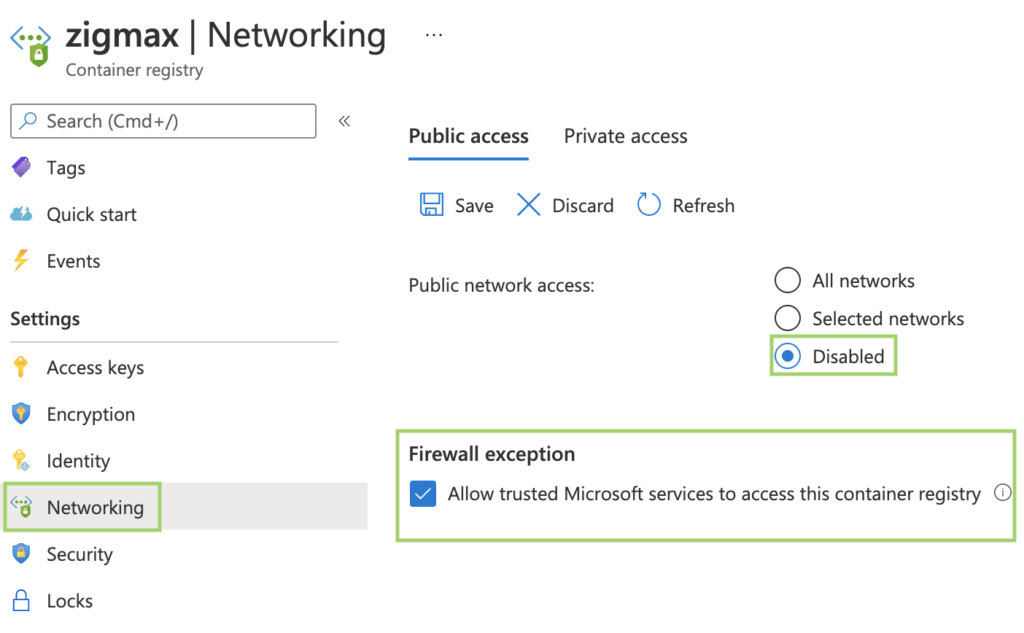Hi!
This article shows how to deploy an AKS cluster with no CNI plugin pre-installed, which allows for installation of any third-party CNI plugin that works in Azure.
# Install the aks-preview extension az extension add --name aks-preview # Update the extension to make sure you have the latest version installed az extension update --name aks-preview # Create a resource group to create the cluster in az group create -l <Region> -n <ResourceGroupName> # create the cluster itself az aks create -l <Region> -g <ResourceGroupName> -n <ClusterName> --network-plugin none
Maxime.

